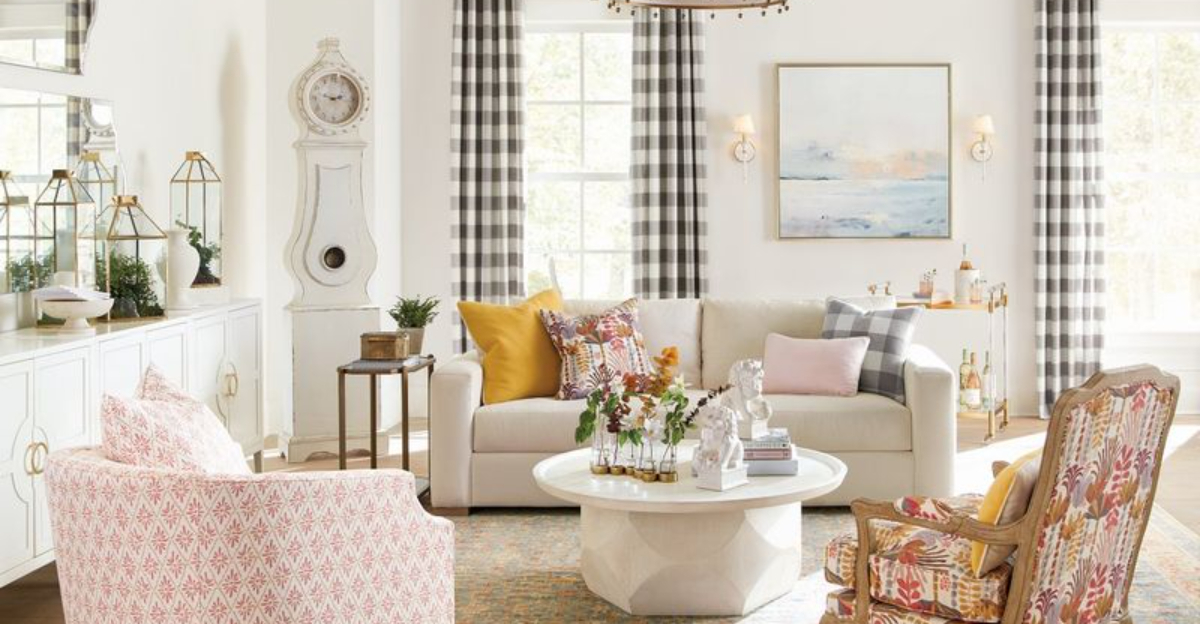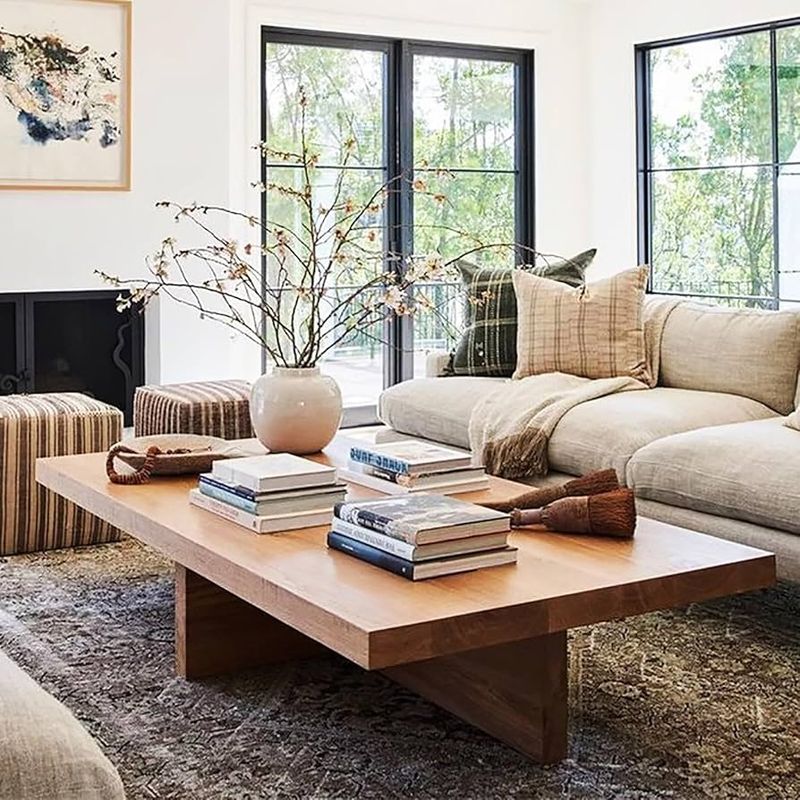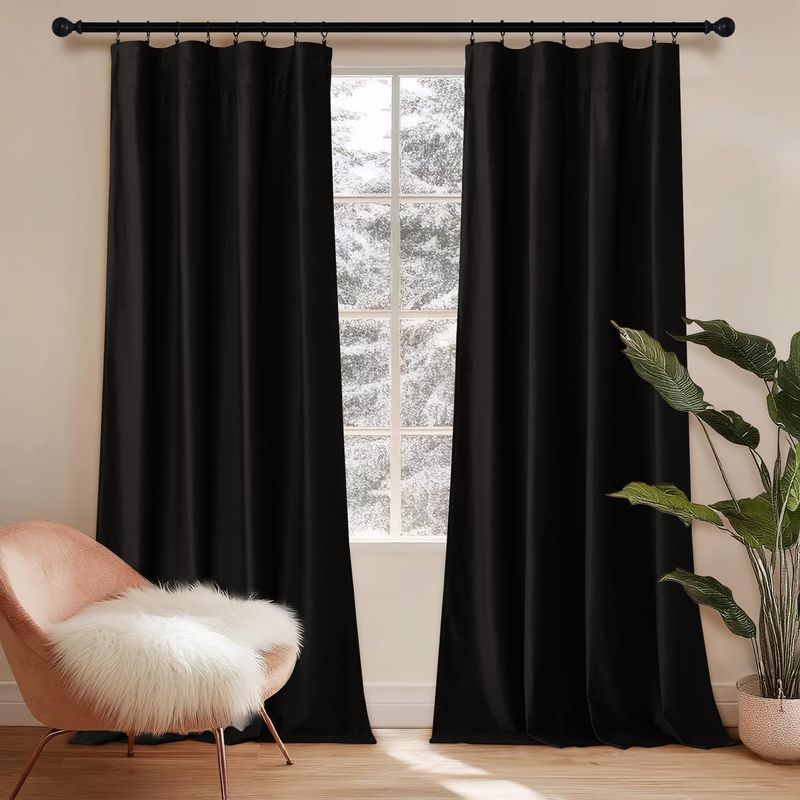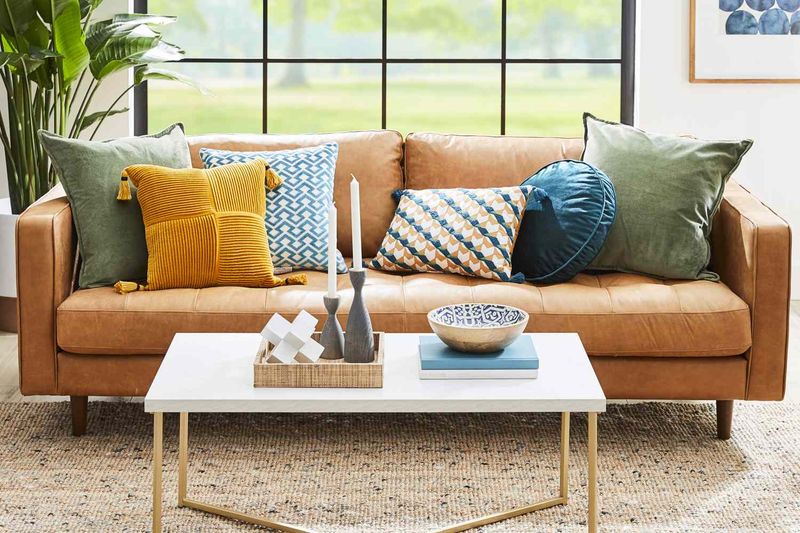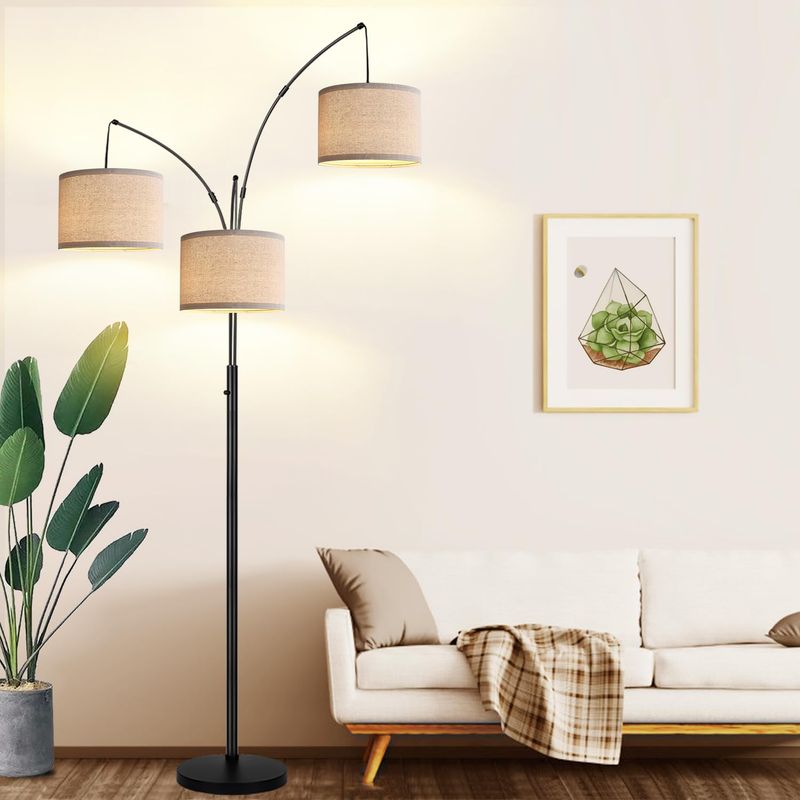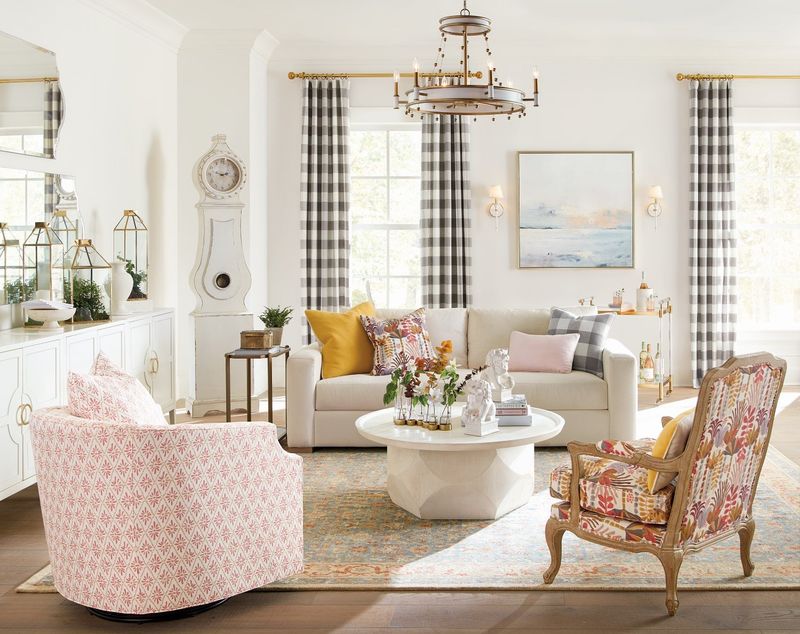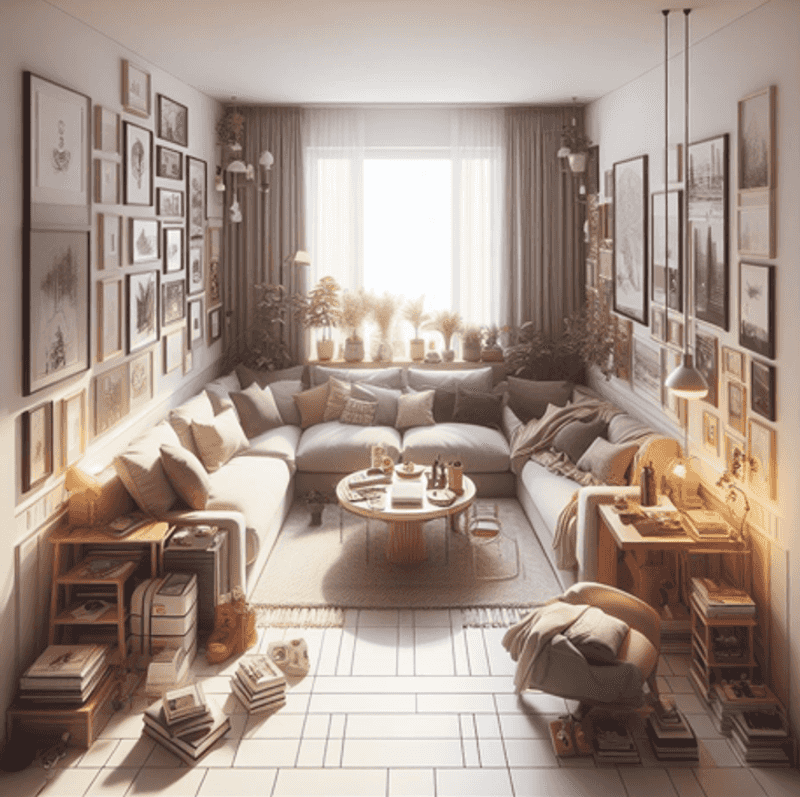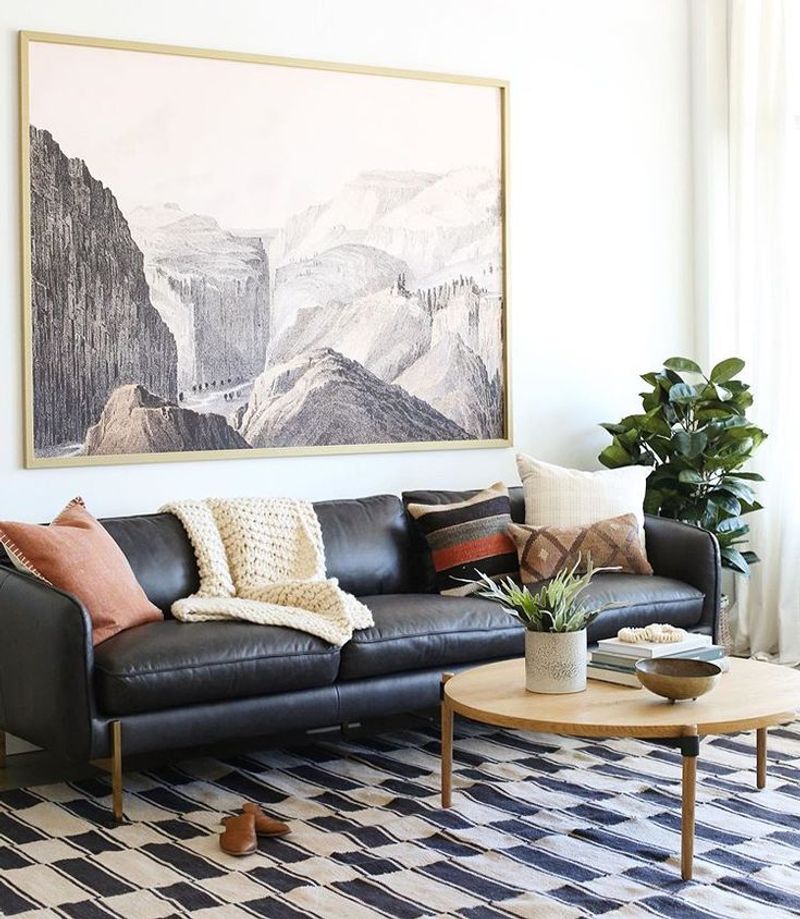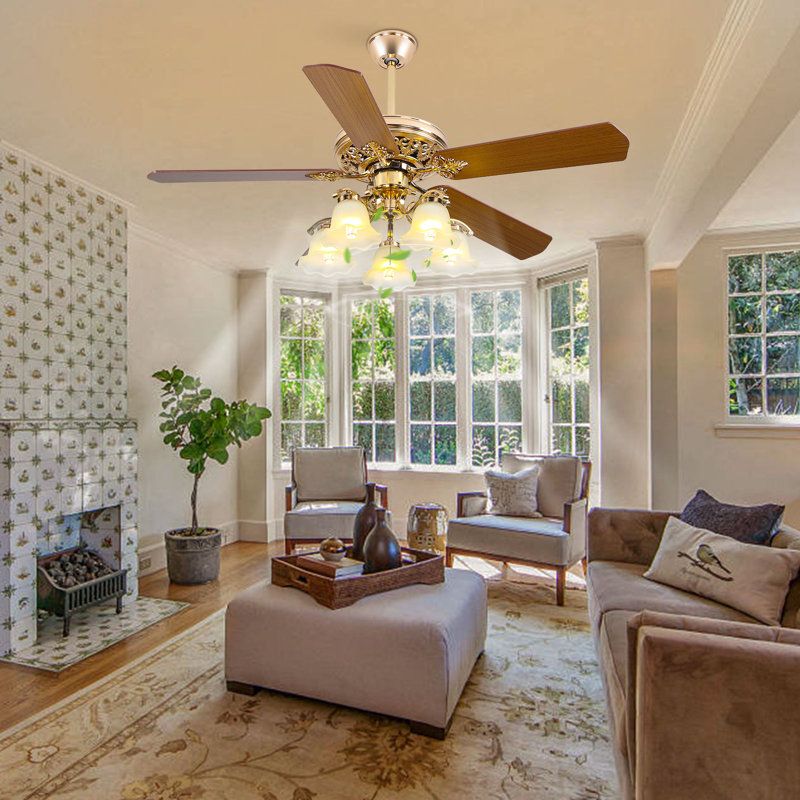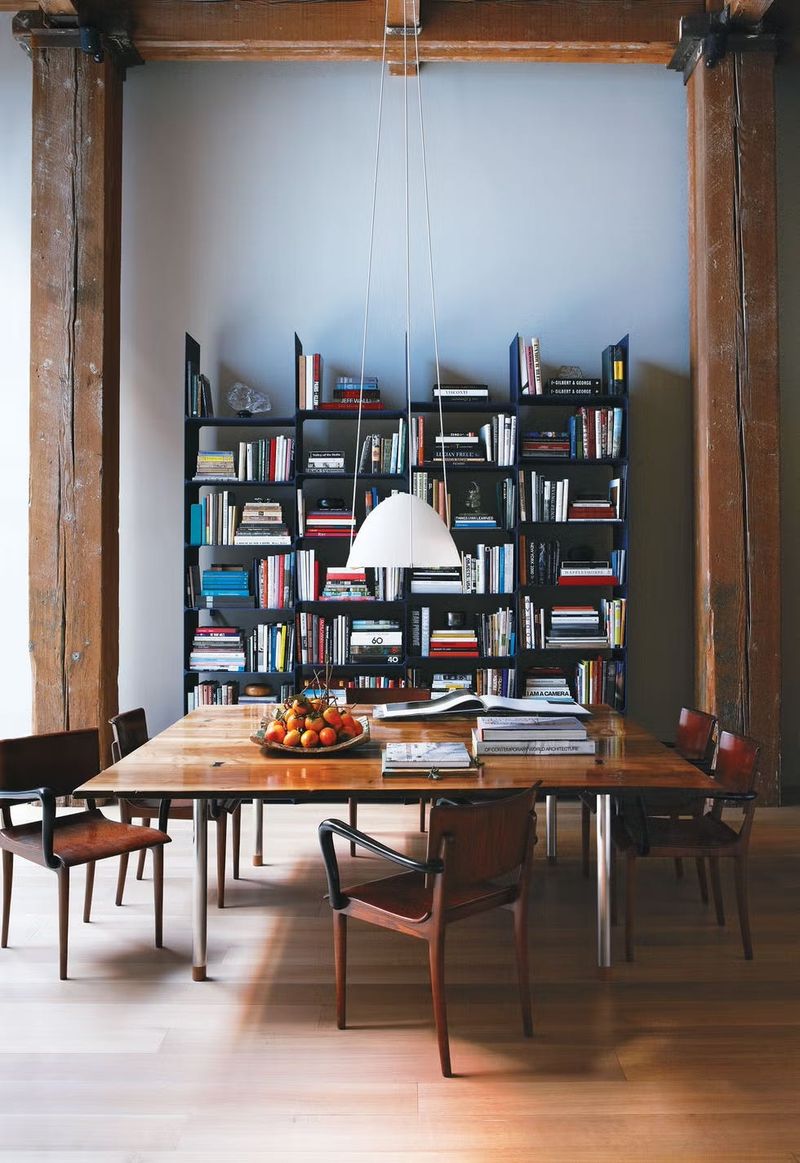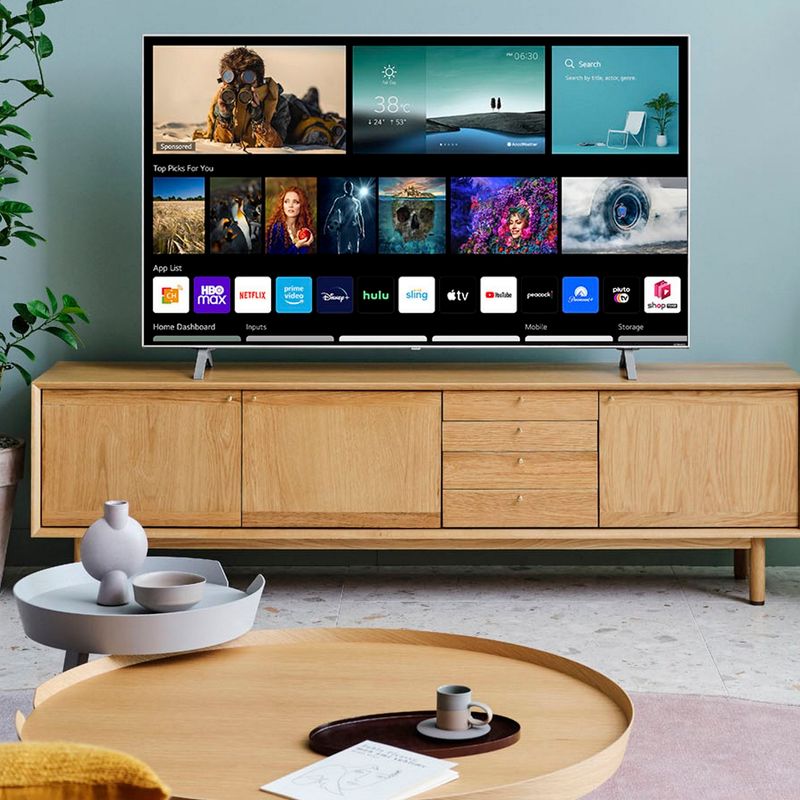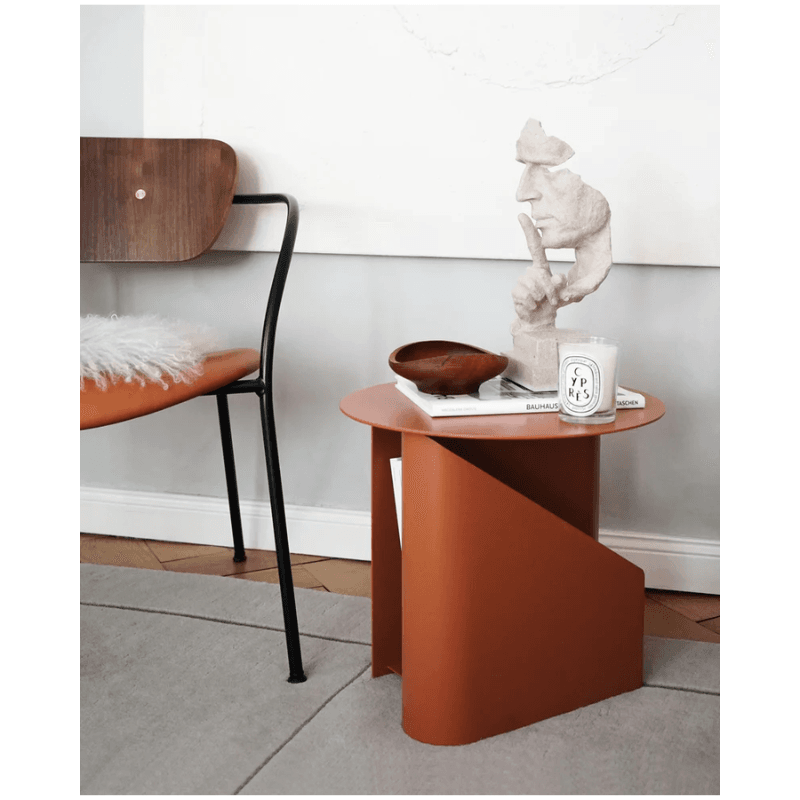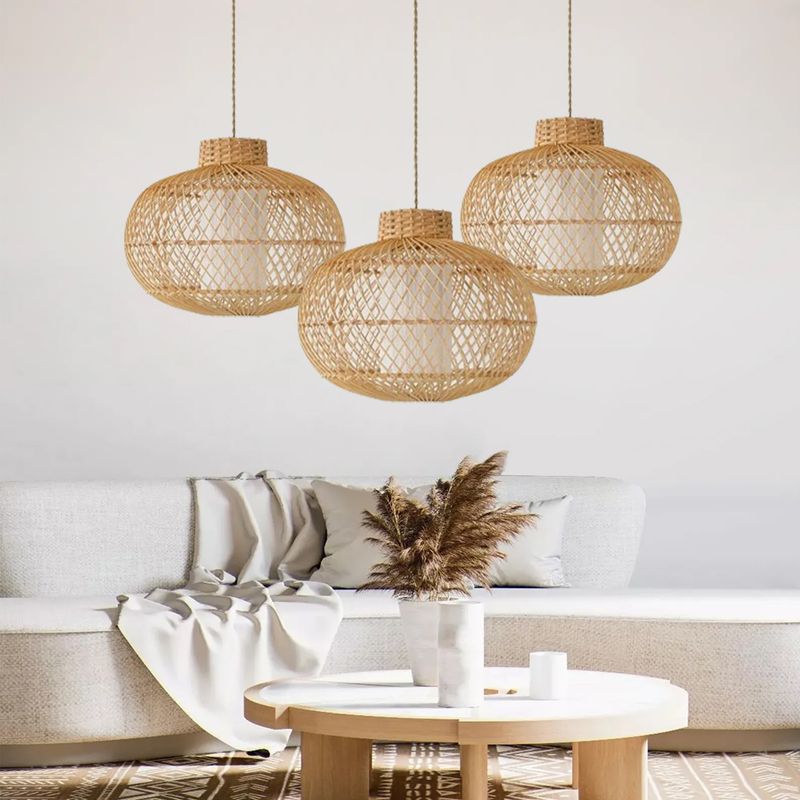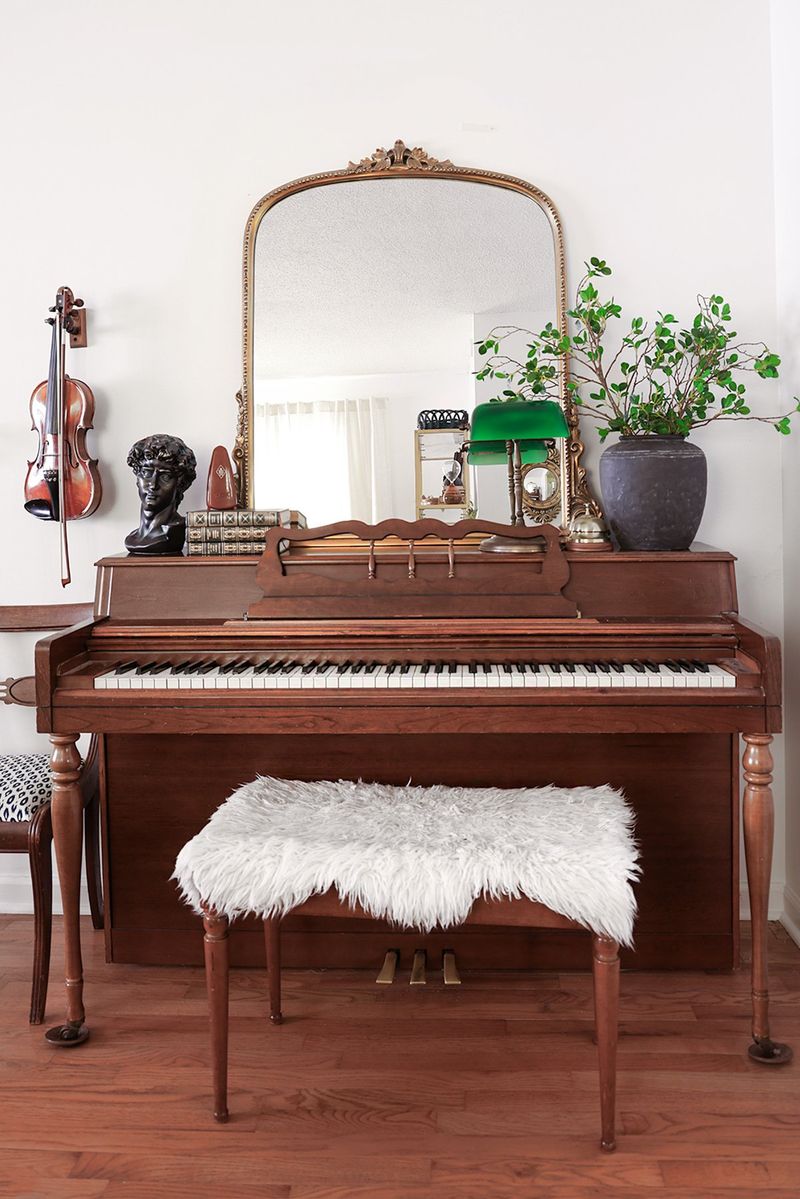Small living rooms have big opinions – especially from interior designers who’ve seen it all. The wrong item in a tight space can instantly make it feel cramped, chaotic, or just plain awkward.
That oversized recliner? A no-go. Those heavy drapes? Say goodbye to sunlight. Designers know exactly what sabotages a compact space and aren’t shy about calling it out.
If your living room feels more like a storage closet with a sofa, you might be guilty of a few design missteps. Let’s uncover the 20 things the pros say have no business taking up real estate in your small space.
1. Oversized Sectional Sofas
Nothing eats up precious floor space faster than a mammoth sectional designed for a room twice your size. While the allure of sprawling out is tempting, these furniture giants create an immediate visual roadblock.
Consider sleek, apartment-sized sofas instead that maintain comfort without the bulky footprint. Many modern manufacturers now create scaled-down versions specifically engineered for compact living.
Your movement paths around the room should never feel like an obstacle course – that’s a clear sign your sofa is too dominant for the space.
2. Bulky Coffee Tables
Square footage becomes precious currency in compact quarters, making chunky coffee tables costly investments. Those heavy wooden behemoths might showcase beautiful craftsmanship, but they create dead zones where movement should flow.
Clever alternatives include nesting tables that tuck away when not needed or clear acrylic versions that visually disappear. Some homeowners find ottomans with storage inside pull double-duty beautifully.
Remember that negative space is just as important as the items you include – your eyes need somewhere to rest!
3. Dark, Heavy Curtains
Light starvation is the quickest way to make your cozy nook feel like a cave. Those dramatic floor-to-ceiling velvet drapes might work in a palatial living room, but they’re suffocating in limited quarters.
Opt for sheer fabrics that filter light without blocking it entirely. Wall-mounting curtain rods slightly higher than your windows creates an illusion of taller ceilings and grander proportions.
4. Multiple Area Rugs
Fragmenting your floor with various rugs creates visual chaos in limited square footage. Each separate rug essentially tells your brain “this is a different zone,” making one small room feel chopped into even tinier segments.
A single, appropriately-sized area rug anchors your seating arrangement while maintaining visual continuity. Position it so at least the front legs of all furniture pieces can rest on it for a cohesive look.
5. Excessive Throw Pillows
Walking into a room where you must first relocate half a dozen pillows before sitting down is a telltale sign of decorative excess. While these colorful accents add personality, they quickly become spatial vampires in compact quarters.
Curate a thoughtful selection of just 2-4 statement pillows that complement your overall design. Quality trumps quantity here – one beautifully textured or patterned cushion makes more impact than several mediocre ones.
For seasonal refreshes, simply swap covers rather than adding to your collection, keeping your seating functional rather than purely decorative.
6. Tall Floor Lamps
Soaring lighting fixtures with wide bases claim territory you simply can’t spare in modest dimensions. Those dramatic arching floor lamps that work beautifully in spacious settings become awkward obstacles when square footage is limited.
Wall sconces offer illumination without the footprint, while table lamps on existing surfaces provide task lighting without additional floor requirements. Consider clip-on reading lights for specific needs.
If floor lamps are non-negotiable, look for slim profiles with minimal bases and vertical designs that draw the eye upward without expanding horizontally into your precious floor space.
7. Entertainment Centers With Excessive Storage
Massive wall units from the 1990s have no place in today’s streamlined small spaces. Despite their organizational promise, these furniture dinosaurs project visually into the room, creating the impression of walls closing in.
Modern flat screens can mount directly to walls, freeing up valuable floor space. A simple floating shelf below accommodates essential components without visual bulk.
8. Mismatched Furniture Sets
Randomly accumulated pieces from various style periods create visual noise that amplifies in tight quarters. Your eyes dart from one discordant element to another rather than flowing smoothly through the space.
Cohesion doesn’t mean buying matching sets – it means thoughtful curation. Choose pieces with complementary proportions and finishes, even if their styles vary slightly.
When introducing contrast, do so intentionally with one or two statement pieces rather than creating a showroom of competing designs. This curated approach lets your small space breathe while still expressing personality through carefully selected furnishings.
9. Room-Dividing Bookshelves
Carving up an already modest footprint with freestanding shelving units is the spatial equivalent of cutting a small cake into too many slices – nobody wins. These barriers interrupt sight lines that help spaces feel larger.
If storage is essential, consider wall-mounted floating shelves that provide function without floor-hogging bulk. They draw the eye upward while keeping circulation paths clear below.
10. Overstuffed Recliners
Comfort shouldn’t require sacrificing half your living area to a chair that looks like it’s smuggling pillows. Those plush recliners with built-in cup holders might feel heavenly at the furniture showroom, but they quickly become space-hogging monsters at home.
Sleek, track-arm chairs with clean lines provide comfort without excessive bulk. Look for designs with tight upholstery rather than loose cushions that expand visually.
11. Too Many Small Decorative Objects
Miniature collections create maximum visual clutter when displayed en masse. Each tiny figurine, frame, or knickknack competes for attention, creating a sense of chaos that registers as cramped rather than curated.
Edit ruthlessly, selecting just a few meaningful pieces that deserve spotlight status. Group similar items together rather than scattering them throughout the space, creating visual breathing room between collections.
Consider rotating your treasures seasonally rather than displaying everything simultaneously – this refreshes your space regularly while keeping visual noise to a minimum and giving each piece the attention it deserves.
12. Oversized Artwork
Gallery-scale masterpieces overwhelm intimate walls, creating a sense of imbalance that makes the entire room feel off-kilter. When artwork dominates too aggressively, it visually shrinks the surrounding space.
Scale matters tremendously in compact quarters. Choose pieces that occupy about two-thirds of the wall space they’re meant to fill, leaving breathing room around the edges.
For impact without overwhelming proportions, try creating a thoughtfully arranged gallery wall of smaller works, or select pieces with visual lightness – watercolors rather than heavy oils, or compositions with negative space that don’t feel visually dense.
13. Busy Wallpaper Patterns
Visually loud patterns covering every vertical surface create sensory overload in limited dimensions. While statement walls can add personality, overwhelming patterns make walls appear to close in on the space.
If you love pattern, consider applying it to just one accent wall while keeping the others in solid, light hues. Look for designs with adequate negative space or subtle tone-on-tone patterns that add texture without visual weight.
Another approach is focusing pattern higher up – perhaps on the ceiling as an unexpected design element – leaving walls cleaner to expand the perceived width of the room.
14. Ceiling Fans With Elaborate Light Fixtures
Ornate, multi-tiered ceiling fixtures that hang low create an immediate sense of compression in rooms already challenged for height. Those combination fan-light units with dangling chains, multiple glass shades, and decorative pull cords visually lower your ceiling.
For rooms with standard-height ceilings (8-9 feet), each inch of clearance between the fixture and your head makes a significant difference in how spacious the room feels.
15. Exercise Equipment
Treadmills and elliptical machines make terrible roommates in compact living spaces. Beyond their considerable footprint, they create an atmosphere of functional confusion – is this a place for relaxation or exertion?
If fitness at home is non-negotiable, investigate equipment designed specifically for small spaces, like wall-mounted systems that fold away when not in use. Many compact resistance tools store easily in ottomans or under sofas.
Alternatively, carve out a dedicated workout zone in a less public area like a bedroom corner or home office, preserving your living room for its intended social and relaxation purposes.
16. Dining Tables That Don’t Fold
Permanently expanded eating surfaces consume real estate that multi-functional spaces can’t afford to dedicate to a single purpose. A table that comfortably seats six becomes an albatross when not hosting dinner parties.
Investigate drop-leaf designs that can expand when company arrives but shrink for daily life. Wall-mounted options that fold flat when not needed practically disappear, while nesting or extendable tables offer flexibility without compromise.
17. Oversized Television Screens
Cinematic-scale displays dominate visual attention and throw off the proportional balance in intimate settings. When your TV becomes the room’s focal point by sheer size alone, it diminishes every other design element.
Right-sizing matters – measure the primary viewing distance and select a screen accordingly. The old rule that bigger is always better doesn’t apply in compact quarters where harmony matters more than specifications.
18. Unnecessary Side Tables
Flanking every seating piece with its own dedicated table creates a furniture obstacle course in rooms where navigation should be intuitive. These small surfaces multiply quickly, consuming floor space and creating visual clutter.
Strategically place shared surfaces that can serve multiple seating positions. C-tables that slide under sofas or chairs provide function without footprint, while nesting tables offer flexibility to expand when needed.
Ask yourself whether each surface truly earns its keep – does it serve an essential purpose daily, or could its function be absorbed by another piece? In small spaces, every item should work hard to justify its presence.
19. Poorly Scaled Pendant Lights
Hanging fixtures that might look stunning in generous spaces can feel like suspended obstacles in rooms with limited headroom. When pendants drop too low, they create both physical and visual barriers that segment your already modest dimensions.
Choose fixtures with appropriate scale and hanging height for your ceiling height. In general, the bottom of a pendant should hang at least 7 feet from the floor in areas where people walk beneath them.
20. Full-Sized Musical Instruments
Grand pianos and drum kits were never designed with studio apartments in mind. While these beautiful instruments bring music to your home, they demand dedicated floor space that compact living rooms simply can’t spare.
Digital alternatives offer similar musical experiences with drastically reduced spatial requirements. Modern electric keyboards can deliver piano-quality sound through headphones without dominating your floor plan.
If traditional instruments are non-negotiable, consider wall-mounting options for guitars or violins, turning them into decorative elements when not in use, or investigate instruments specifically designed for smaller spaces, like apartment-sized pianos.

